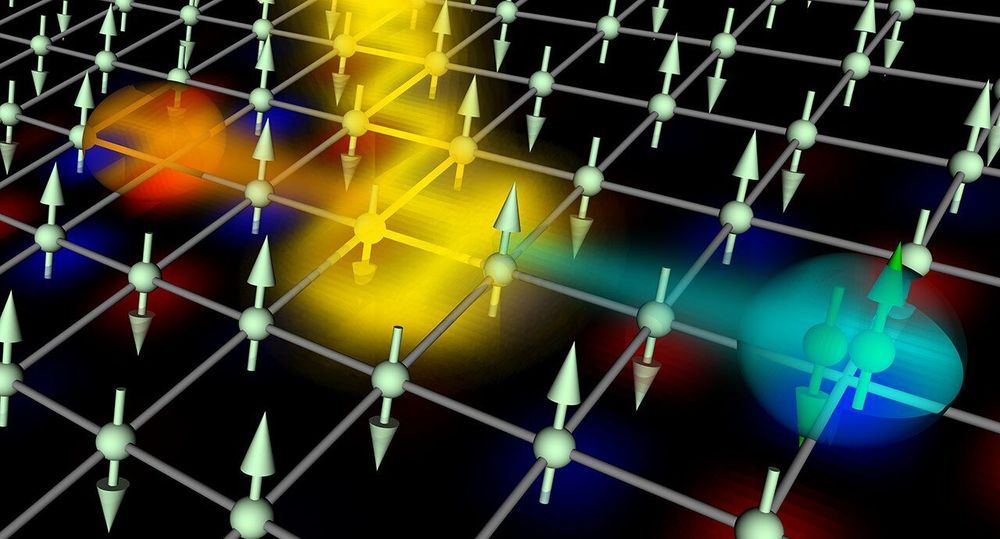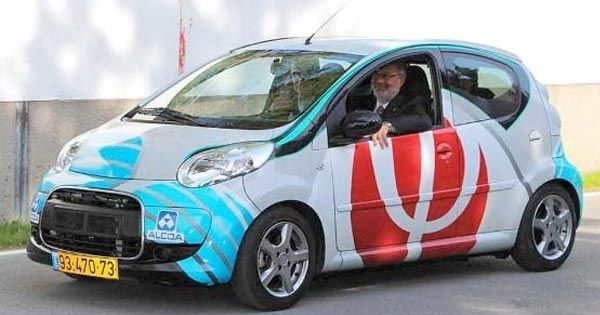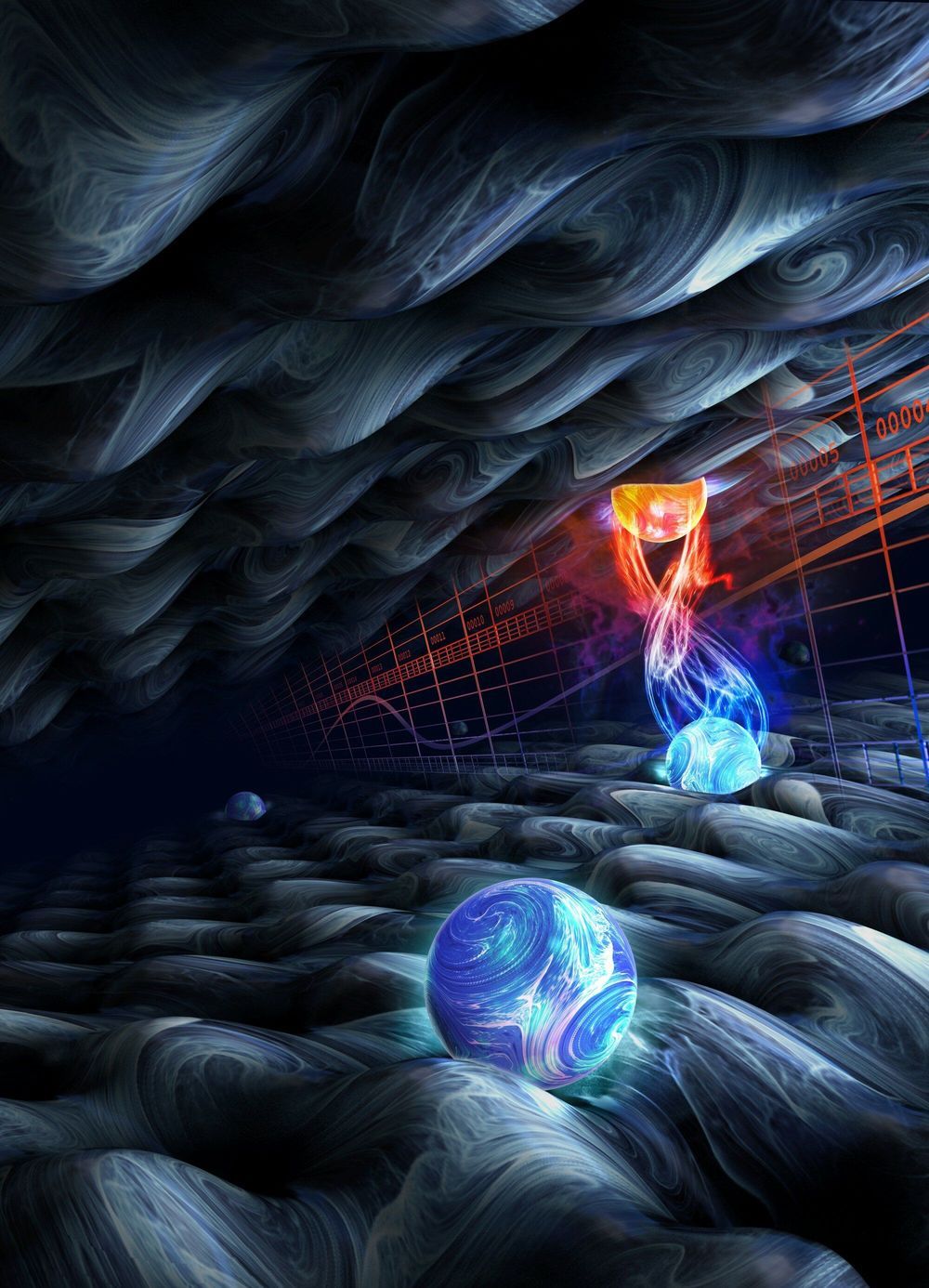A trio of researchers at Columbia University has found more evidence showing that sound waves carry mass. In their paper published in the journal Physical Review Letters, Angelo Esposito, Rafael Krichevsky and Alberto Nicolis describe using effective field theory techniques to confirm the results found by a team last year attempting to measure mass carried by sound waves.
For many years physicists have felt confident that sound waves carry energy—but there was no evidence to suggest they also carry mass. There seemed to be no reason to believe that they would generate a gravitational field. But that changed last year when Nicolis and another physicist Riccardo Penco found evidence that suggested conventional thinking was wrong. They had used quantum field theory to show that sound waves moving through superfluid helium carried a small amount of mass with them. More specifically, they found that phonons interacted with a gravitational field in a way that forced them to carry mass along as they moved through the material. In this new effort, the researchers report evidence that suggests the same results hold true for most materials.
Using effective field theory, they showed that a single-watt sound wave that moved for one second in water would carry with it a mass of approximately 0.1 milligrams. They further note that the mass was found to be a fraction of the total mass of a system that moved with the wave, as it was displaced from one site to another.






